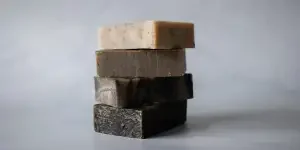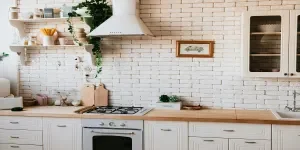Table of Contents
• Introduction
• Market overview
• Different types and their features
• Conclusion
Introduction
Choosing the right mop is crucial for maintaining cleanliness and efficiency in various environments. Different cleaning needs require specific mop types to ensure optimal performance and hygiene. Understanding market trends and advancements can help businesses select the best tools for their cleaning requirements. The global mop market’s growth highlights the increasing demand for innovative and effective cleaning solutions. By investing in the right mop, businesses can enhance their cleaning processes and maintain higher standards of cleanliness.
Market overview

Current market scale
The global mop market was valued at USD 1584.59 million in 2023 and is projected to reach USD 2577.98 million by 2030. This growth represents a compound annual growth rate (CAGR) of 7.2% from 2024 to 2030, indicating a robust increase in demand for mop products worldwide. Key players in the market include Scotch-Brite, Zwipes, ERC, Eurow, Atlas Graham, Norwex, Toray, CMA, Partek, Dish Cloths, Greenfound, Tricol, and Cleanacare towels. These companies play a significant role in driving market trends and innovations.
Market changes and influences
Market dynamics are influenced by several factors, including price sensitivity, technological advancements, and evolving customer preferences. Consumers often associate lower prices with lower quality, leading to higher replacement rates. Technological advancements, such as the development of more durable and efficient mop materials, contribute to the market’s expansion. Additionally, customer preferences for easy-to-use, versatile, and eco-friendly cleaning solutions drive demand for innovative mop products. As a result, the global mop market continues to provide ample opportunities for growth and development across various regions.
Different types and their features
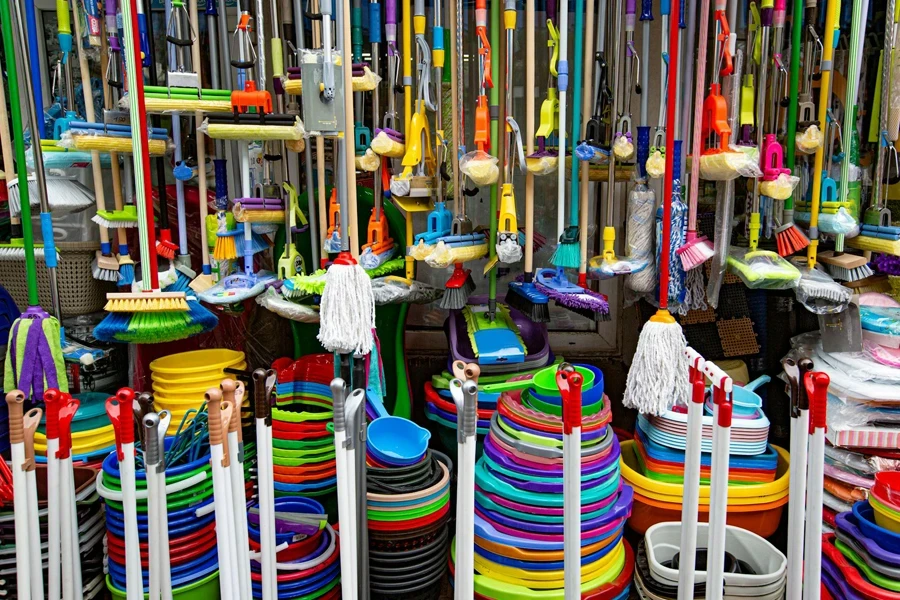
Microfiber mops
Microfiber mops are engineered for both dry and wet cleaning tasks, leveraging advanced microfiber technology for superior dust and dirt capture. Dry microfiber mops typically feature flat, rectangular or square heads made of microfiber fabric, designed to attract and hold fine particles like dust, lint, and hair. These mops are effective on various surfaces, including hardwood, tile, laminate, and vinyl, and their lightweight construction enhances maneuverability. Wet microfiber mops, equipped with highly absorbent and durable microfiber pads, excel in scrubbing and deep cleaning tasks. The microfiber material’s structure allows for repeated use and washing without degrading its cleaning efficiency, ensuring a long service life and consistent performance.
Spin mops
Spin mops incorporate a built-in wringer mechanism that utilizes centrifugal force to expel excess water from the mop head. This mechanism is activated by a foot pedal or lever, enabling precise control over the moisture level, which is crucial for different types of flooring. The mop head, often made of good quality microfiber or cotton, is attached to a handle that interfaces with a bucket equipped with a spinner. This system reduces manual effort and enhances the drying speed of the mop, preventing streaks and water damage on sensitive floors. Spin mops are particularly effective for large-scale cleaning operations where consistent moisture control is necessary.
Spray mops
Spray mops integrate a cleaning solution dispenser directly into the mop handle, providing an efficient and streamlined cleaning process. These mops feature a refillable tank for water or cleaning agents and a trigger mechanism to spray the solution onto the floor. The mop head, typically made from microfiber, ensures effective cleaning and high absorbency. Spray mops are ideal for quick clean-ups and spot treatments, delivering the cleaning solution precisely where needed, minimizing waste, and enhancing cleaning efficiency. This design is particularly advantageous in environments that require frequent, localized cleaning without extensive setup or equipment.
Cordless dry wet vacuum mops
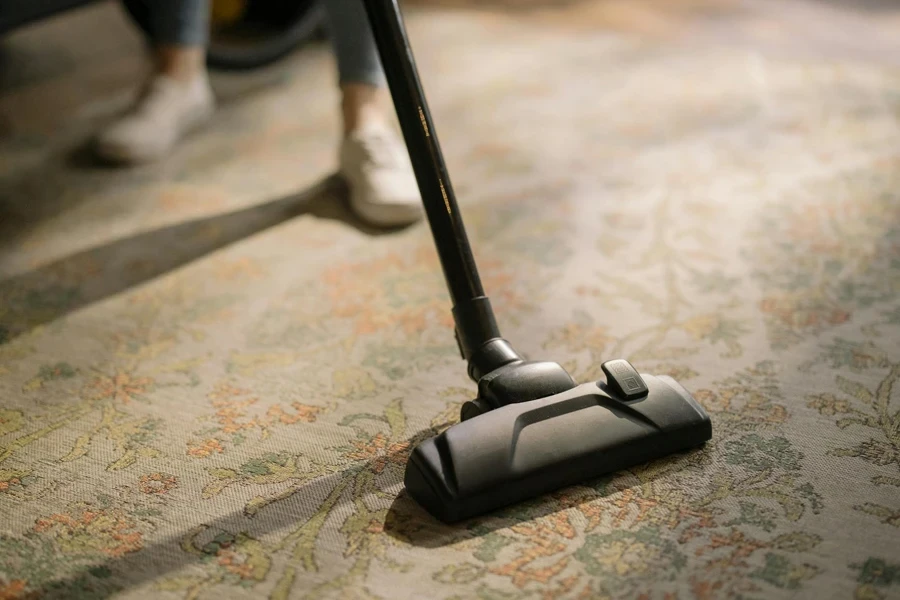
Cordless dry wet vacuum mops combine the functionalities of a vacuum cleaner and a mop into a single, battery-powered device. These mops are equipped with powerful suction capabilities to handle dry debris and an integrated mop function for wet cleaning. The rechargeable battery offers operational flexibility and mobility, eliminating the constraints of power cords. These devices typically come with various attachments, such as interchangeable mop heads and brushes, designed to handle different types of flooring and dirt. The dual functionality makes them suitable for comprehensive cleaning tasks, ensuring thorough removal of dirt and moisture in a single pass.
Sponge mops
Sponge mops feature absorbent heads made from high-density sponge material, optimized for cleaning tiled and linoleum floors. The sponge’s porous structure allows for efficient absorption of liquids, making these mops ideal for managing spills and wet cleaning tasks. The design often includes a wringing mechanism, enabling precise control over the moisture content of the mop head. This feature is crucial for preventing excess water application that could damage certain floor types. Sponge mops are particularly effective in environments where quick absorption and easy wringing are necessary to maintain cleanliness and safety.
Steam mops
Steam mops utilize high-temperature steam to sanitize and clean floors, providing a chemical-free solution that eliminates bacteria and germs. These mops are equipped with water reservoirs and heating elements that generate steam, which is then dispersed through the mop head. The high temperature of the steam ensures deep cleaning and sanitization, making them suitable for households with children or pets. Steam mops are effective on sealed hard floors, including tile and laminate, but may not be suitable for more delicate surfaces. The use of steam reduces reliance on chemical cleaners, promoting a safer and more environmentally friendly cleaning process.
Robot cleaners
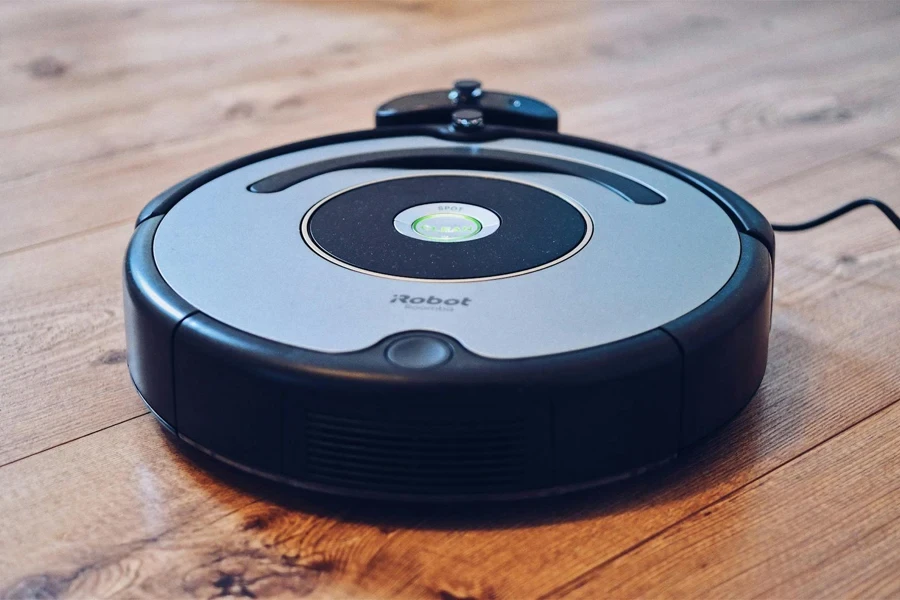
Robot cleaners are automated devices equipped with advanced sensors and navigation algorithms to autonomously clean floors. These units are designed to map out floor plans, avoid obstacles, and systematically cover entire areas. Robot cleaners typically feature rotating brushes and powerful suction mechanisms to capture dirt, dust, and debris. Their compact design allows them to clean under furniture and in hard-to-reach areas. The automation and efficiency of robot cleaners make them ideal for maintaining consistent cleanliness in commercial and residential settings, where manual cleaning is impractical or labor-intensive. Their sensor-based technology ensures adaptive cleaning patterns, optimizing coverage and cleaning effectiveness.
Conclusion
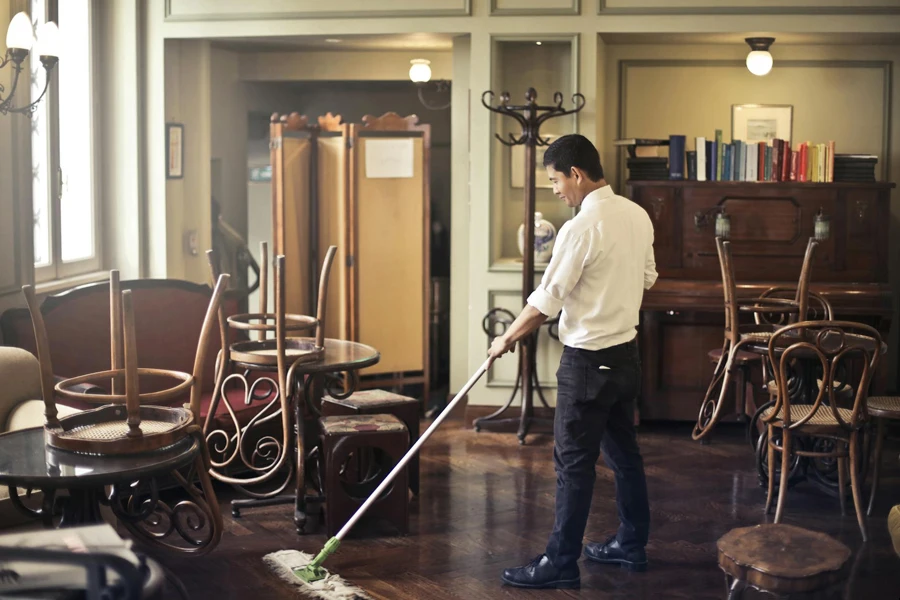
Selecting the right type of mop is crucial for achieving optimal cleanliness and efficiency in various environments. With the global mop market experiencing significant growth, understanding the unique features and benefits of different mop types—such as microfiber, spin, spray, cordless dry wet vacuum, sponge, steam, and robot cleaners—enables businesses to make informed decisions. Tailoring mop choices to specific cleaning needs and staying abreast of market trends ensures effective and sustainable cleaning practices, enhancing overall hygiene and operational productivity.
